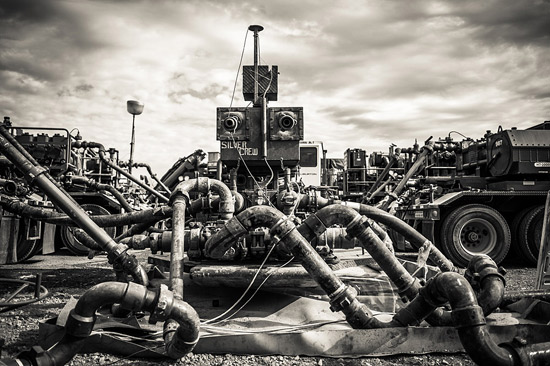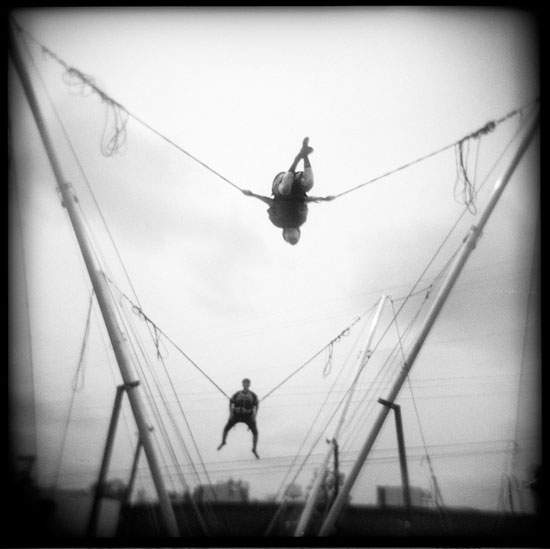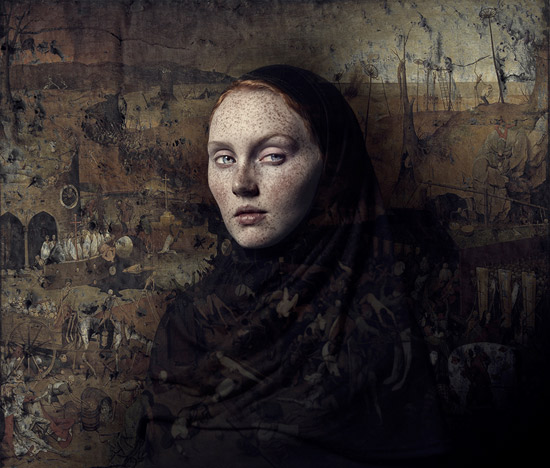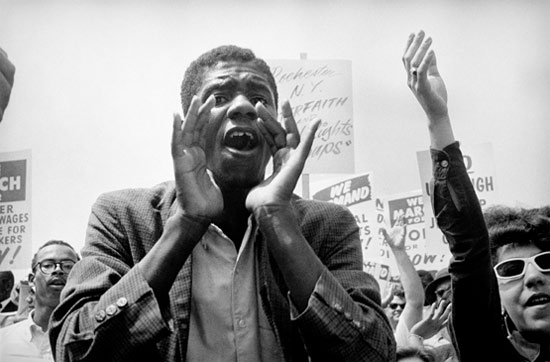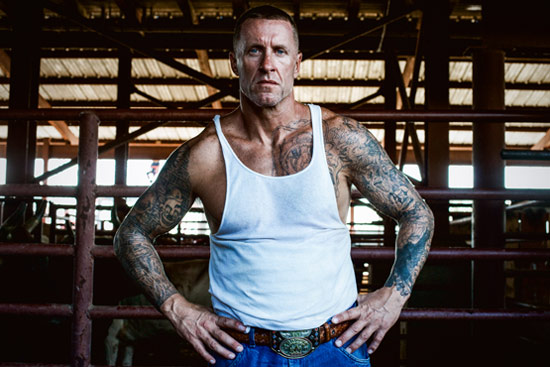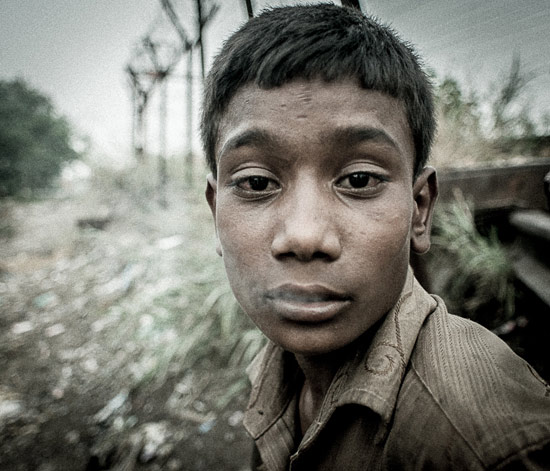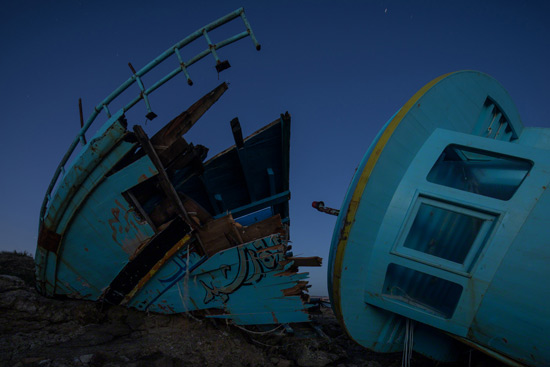
August, 2013, a boat lands on the rocks off Siracusa, Sicily. © Massimo Cristaldi
Massimo Cristaldi is a second-career photographer (he trained to be a geologist) whose work is often mysterious and eery, exploring man's, and time's, influence on nature. In this emotional project he explores the desolation of the beaches that are the destination of so many hopeful immigrants.
"In 'Touch Ground' I photographed beaches, harbors, cliffs: places where, in recent years, migrants went ashore (or just attempted to arrive) from North Africa. It's an exploration project on a firm ground, a coveted place, object of hopes, tragedies, happiness, disillusion, and sometimes, death. Places that at night appeared full of meanings and in which I perceived absences that have influenced me, as indeed as a whole a migration of epic proportions has done. It is then, once again, a work on the borders, in this case between sea, land and men. Seascapes, and yet "places of the present", places of contemporary history, theaters of tragic events for some, simply "sea" for all of us.
"Living in Sicily, I could not but be impressed by the size of the migration phenomenon and I got in touch with some immigrants who arrived in 2002, and who are now living among us. I wondered how the 'ground' is for those who see it after weeks at sea, those more fortunate than the others. Anthony told me, in an uncertain Italian, "Sea, sea, sea, fear, fear, fear." Then, finally, a light, a landing. A possible salvation but only for those who are really lucky." Massimo Cristaldi.


